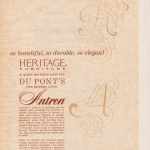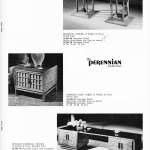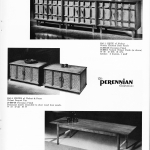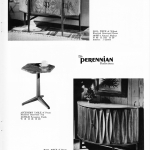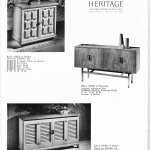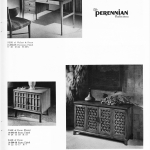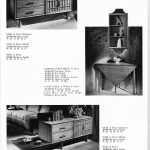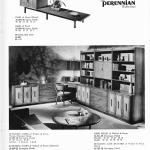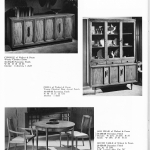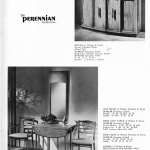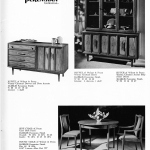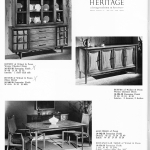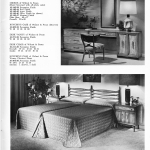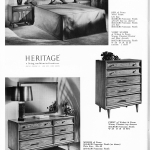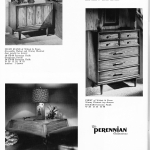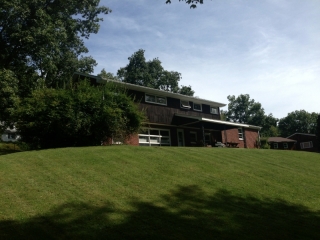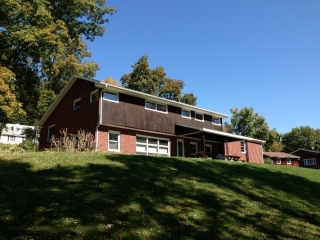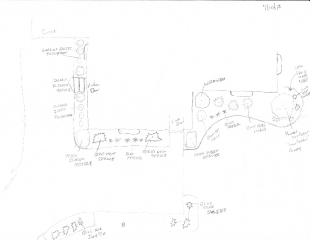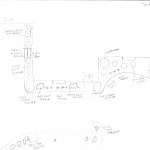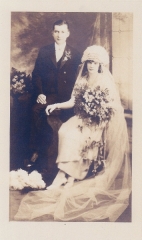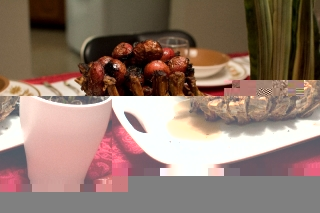My grandparents were no slouches when it came to purchasing durable goods for the house – they saved up and purchased things that were nice, and generally contemporary for their time. They shied away from “traditional” furniture and lines. In the living room and dining room spaces, they purchased higher end Heritage furniture, from a collection called Perennian. Heritage today is known as Drexel Heritage (a combination made in the late 1950s, though for a time they were still marketed separately.)
Perennian isn’t a very “hot” vintage mid-century item, precisely because it wasn’t very avant-garde for its time and therefore stand out as must-have mid-century for collectors today. Perennian furniture represented a bridge between very contemporary mid-century furniture designs from makers like Knoll (who produced Eames, Saarien, Noguchi and others) and the more traditional furniture that Heritage had been known for previously (and is known for today.) The furniture featured subdued but modern lines and made extensive use of woods such as walnut, pecan, and wormy chestnut. In spite of the subdued looks, it is very mid-century. It’s also very nice, sturdy, high quality, mostly solid wood furniture, which is typical of Heritage. Much nicer and higher quality than vintage Acclaim and Broyhill Brasilia, for instance.
Interestingly, the fact that this furniture wasn’t worth “a lot” became a point of contention – my grandmother and aunt insisted they were worth more than an appraiser said. In the end, my aunt took the dining room set to a new house she bought, so this problem went away on it’s own, fortunately.
The living room also has several Perennian pieces as well – a three-part coffee table set and two end tables. Ultimately, we kept one of the end tables, and Grandma wanted the others for her new apartment after moving out. I very, very rarely see Perennian furniture out in the wild – but interestingly, Tricia over at Modchester (in her fancy Rochester mid-century house) inherited a beautiful group of Perennian furniture from the original owners of her place.
One of the things that I did keep was the original Perennian catalog from 1962. For posterity (and because Pam over at Retro Renovation archives these too, which I will send her way) I went ahead and scanned the entire catalog. It’s pretty interesting seeing the different pieces, the fabrics and suggested layouts. So, here it is, all 45+ pages in high resolution for your viewing enjoyment:




